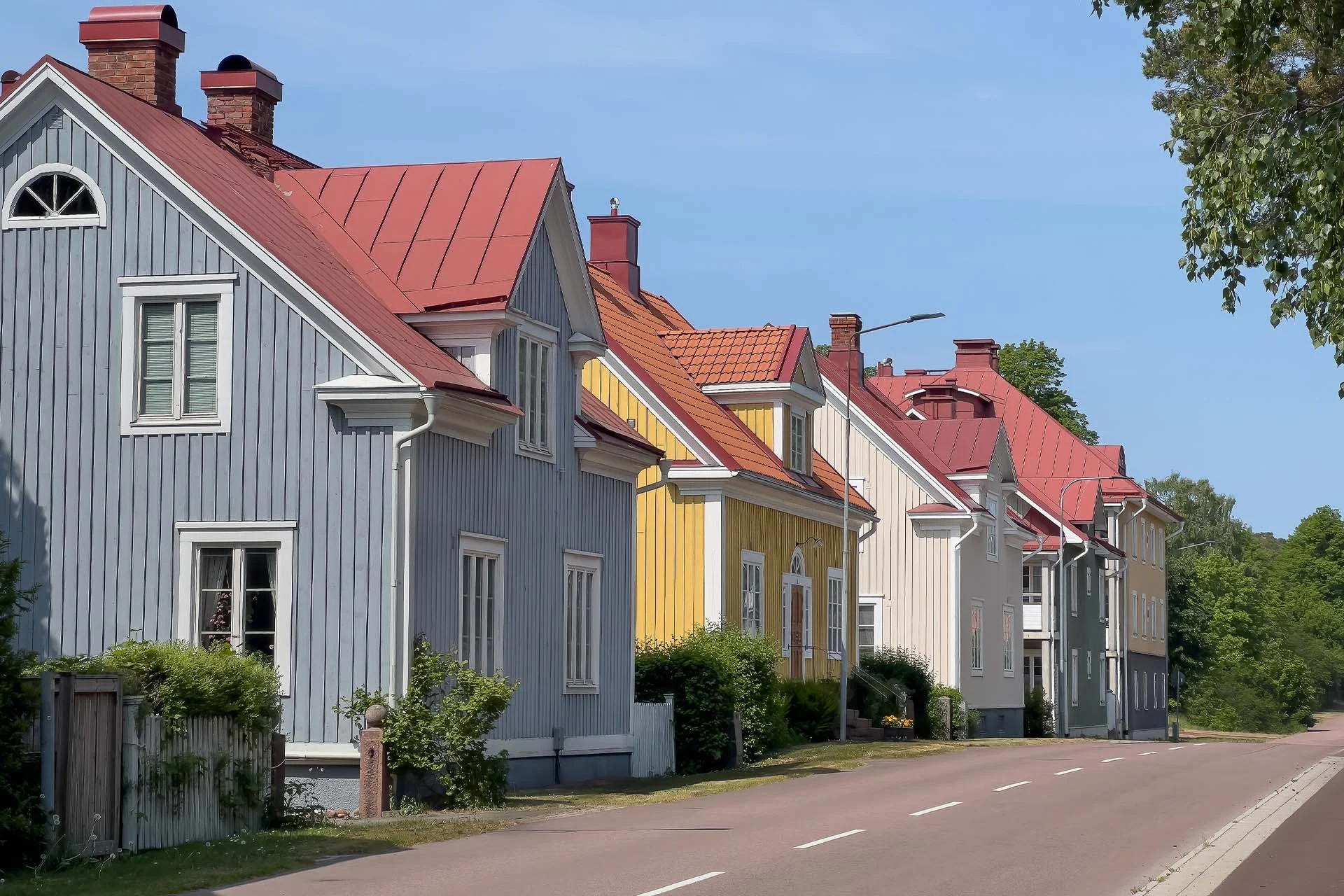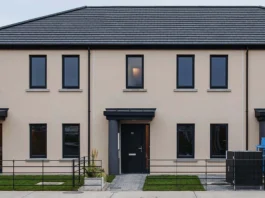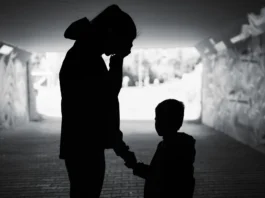A freezing night, a warm key, and an unexpected result
Picture sub‑zero Helsinki in January. City workers fan out with key rings instead of clipboards. Each ring means one more person goes straight from the street to an apartment, no sobriety tests, no “readiness” hurdles, just a lease and a support team on speed‑dial. By morning the snow holds fewer footprints, and Finland’s most successful social experiment adds another quiet victory to its tally.
That experiment, Housing First, has already driven a 75 % drop in homelessness since 2008. Even after a recent uptick, only 3,806 Finns (0.06 % of the population) were unhoused in 2024.
Why counting people, all people, matters
Many nations limit their tallies to rough sleepers visible on sidewalks. Finland goes further, logging anyone couch‑surfing, stuck in hostels, or discharged into shelters. This “whole iceberg” accounting exposes hidden housing stress and keeps policy honest. It also means beating Finnish numbers is harder, but more meaningful, than topping simpler head‑counts.

The comprehensive approach is anchored in law: under Finland’s constitution, a dignified life, including housing, is a right, not a reward.
The “Name on the Door” principle
When the Y‑Foundation pitched Housing First to the housing minister in 2007, they boiled the case down to three straight lines:
- Ethical: every person deserves a key.
- Legal: the state must guarantee basic security.
- Economic: homelessness is pricey; housing is cheaper.
Cost studies back that claim. Shifting one chronically homeless person into permanent housing saves Finnish taxpayers about €9,600 ($10,300) a year in avoided emergency, hospital, and policing costs.
How the model actually works
| Component | Traditional pathway | Housing First pathway |
|---|---|---|
| Housing access | Earned after treatment, sobriety or job training | Immediate, no preconditions |
| Lease rights | Often conditional, time‑limited | Standard tenancy, full legal rights |
| Support services | Program‑centred, compulsory | Tenant‑centred, voluntary but persistent |
| Typical outcome | Revolving door, frequent returns to shelters | Long‑term stability, lower public costs |
The Y‑Foundation now owns or manages 18,688 low‑cost units housing 26,500 people across normal neighbourhoods, not segregated blocks.
Results to date
- Rough sleeping is almost gone, fewer than 500 people nationwide spent a night outside in 2022.
- Shelters have been converted into permanent apartments; emergency beds are a back‑stop, not the system’s spine.
- Repeat homelessness has fallen sharply, freeing up social‑service capacity for prevention work.
When policy cuts bite back
In 2024–25, national reductions in housing and income support reversed 11 straight years of decline, adding 377 new homeless Finns and pushing street homelessness up 50 % in major cities.
Teija Ojankoski, CEO of the Y‑Foundation, warned lawmakers: “We are moving toward a society that produces homelessness instead of reducing it.”
Cities with higher rents, Tampere, Turku, Helsinki, felt the pinch first as evictions rose and advice budgets halved. Yet the policy architecture remains, and the government has already earmarked €8 million to shore up prevention and keep its 2027 zero long‑term homelessness target on track.
A mirror to North America
| Metric | Finland (2024) | United States (Jan 2024) | Quebec, Canada (Oct 2022) |
|---|---|---|---|
| Total homeless | 3,806 | 771,480 | 10,000 visible homeless |
| Share of population | 0.06 % | 0.23 % | 0.12 % |
| Trend since 2023 | +11 % | +18 % | +44 % since 2018 |
Sources: ARA, HUD 2024 PIT count, Institut national de santé publique du Québec.
Helsinki’s mayor, Juhana Vartiainen, captures the contrast: “If we give people a home, there will be very positive side‑effects.”
The U.S. has pilot Housing First programs, especially for veterans (whose homelessness has fallen 57 % since 2010), yet national expansion stalls on funding and zoning fights.

Six lessons every city can learn today
- Put the key first, the clinic second. Data from Finland, Denver, and Salt Lake City all show that stable housing makes addiction treatment and job searches stick.
- Count better. Track couch‑surfing and hidden homelessness, not just tents. Without a full map, you’ll always fund the wrong solutions.
- Blend capital. Finland mixes municipal land, state‑backed low‑interest loans, and private social‑impact bonds to scale units rapidly.
- Buy and convert. Empty hotels or ageing shelters can become studio apartments faster than building from scratch, Helsinki closed its last “big dorm” shelter in 2012.
- Treat tenancy like any other lease. Normal rights reduce stigma and integrate residents into neighbourhood life, which in turn lowers crime and boosts support.
- Measure savings, not just spending. Emergency‑room visits, jail nights, and child‑protection cases all drop once housing is secured, often paying for the unit within two years.
What can you do
- Landlords & developers: pledge a portion of units at 30 % below market and pair with on‑site support services.
- City officials: redirect part of your temporary‑shelter budget to permanent supportive housing; track cost offsets annually.
- Residents: back zoning reforms that allow multi‑unit buildings and oppose NIMBY pushback, you’ll likely see lower local crime, as Finnish neighborhoods did.
- Volunteers: join tenancy‑support teams, help with paperwork, furniture moves, or community events that keep new residents anchored.
- Advocates: push state legislators to adopt “Housing First” language in funding bills, ensuring support services remain voluntary, not conditional.
The road ahead
Finland’s stumble in 2024 proves progress is fragile, yet the underlying principle has not cracked: housing ends homelessness. The question is whether other nations will import the insight before their emergency shelter budgets, and their citizens, freeze.
What might change in your community if the next dollar you spent on homelessness bought a key instead of a cot?





Swapping cots for keys, seriously?
I’d support zoning changes for Housing First.
Counting couch-surfers here would expose the real need.
Signing up to volunteer, who’s with me?
Wish more places would make housing a right, not a reward.
Housing really does pay off! I just wish they would do this where I live.
Turning old shelters into real apartments feels so smart and humane.
Way to put people before paperwork!
Finland just flipped the script on homelessness